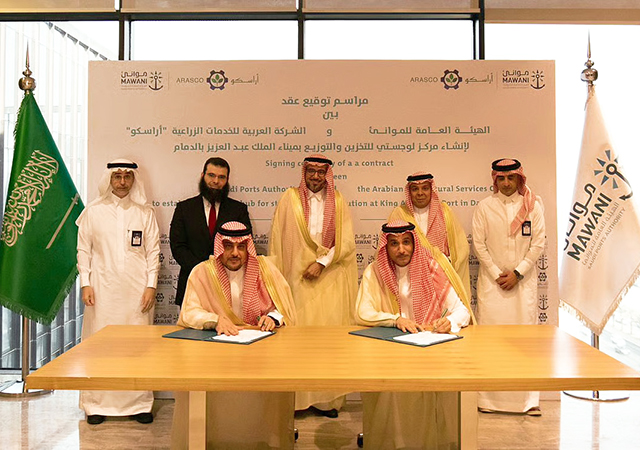
 FM software is accessible on mobile devices, giving facility managers and maintenance staff access to information and allowing them to report issues and receive alerts on the go.
FM software is accessible on mobile devices, giving facility managers and maintenance staff access to information and allowing them to report issues and receive alerts on the go.
Facilities management (FM) is critical to a building's function and longevity. The increasing demand for sustainability and the fast-shifting trends call for tech-enabled transformations, particularly across-the-spectrum digitalisation of building maintenance and operations. Companies are leveraging digital technology, such as project management and collaboration software, to optimise their services, adapt to technological and regulatory changes, and reduce costs.
What's driving the digitalisation?
While the current advancements in facilities management were intended to address inherent challenges, greater forces are driving industry-wide digitalisation. The race for the most data-driven approach is increasing faster than ever. Facilities management companies are amped up to secure stability on the market, and while their individual goals may vary, their conviction is driven by the same factors:
• Calls for sustainability have never been louder
The goal of facilities management has evolved drastically from being purely task-oriented to being ecologically motivated. It now centres on energy-efficient utilities, green cleaning, waste reduction and recycling, sustainable landscaping, and indoor air quality monitoring, to name a few. Moreover, this amplified call for sustainable practices is steering the industry in a more data-driven and digital direction.
• Digital transformations in every sector of society
The FM industry is adopting digital technology faster than predicted, with digital transformations having become communal as smart cities begin to emerge. Facilities management is now tied with city-wide regulations, further expanding digital integration down to the microcosm of society.
 |
|
Imam ... FM is critical to a building’s function and longevity. |
• FM considered in planning and construction
Construction projects used to be managed within the confines of building codes. Now, FM is included in the plan as advanced construction tools enter the scene. For example, contractors now use collaboration software, such as building information modelling (BIM), to allow stakeholders to visualise the project more effectively. Coincidentally, BIM also applies to FM as it provides multiple layers of data necessary to manage building maintenance and operations efficiently.
How digital technology helps streamline FM
Digitalisation has levelled the playing field for FM companies, creating equal opportunities for growth through cost-efficient digital solutions. Tools like project management software, artificial intelligence, and augmented reality have become more accessible, further accelerating digitalisation's impact on the industry. The following is how digital technology transforms facilities management.
• Predictive maintenance
Companies combine multiple data-driven tools, including BIM and the Internet of Things (IoT), to monitor equipment and systems in real-time, detecting potential issues before they become precarious. This enables facilities managers to schedule preventative maintenance, thus reducing downtime and repair costs.
• Energy management
Using sensors and AI-powered monitoring and control systems helps optimise a building's energy consumption. For instance, sensors can be programmed to automatically shut off the power or water supply in unoccupied rooms or during an incident.
• Building automation
Other building systems can also be automated, including heating, ventilation and air-conditioning (HVAC) and security, which are critical to the occupants' comfort and safety. In addition, this technology can be integrated into the project management software to allow teams to store and analyse data for other applications.
 |
|
Facilities managers can schedule preventative maintenance, reducing downtime and repair costs. |
• Data analytics
Ensuring system functionality requires collecting and analysing vast amounts of data. Thankfully, digital tools are designed with ample storage and computing capacities, producing valuable insights into a building's performance faster. They also help identify areas for improvement and optimise building operations.
• Mobile Apps
FM software is accessible on mobile devices, giving facilities managers and maintenance staff access to information and allowing them to report issues and receive alerts on the go. This improves the team's responsiveness, preventing incidents from escalating.
• Virtual reality
Testing building systems for optimisation can be expensive. With augmented and virtual reality, facilities managers can perform the test and obtain valuable data through simulations. This is also a safer option as it doesn't expose personnel to physical threats and allows companies to conduct multiple trials.
Tips for evaluating and implementing solution
FM software is the tech upgrade every facilities management company needs. It boosts data analytics capacity and streamlines processes. But with so many products available, choosing the right solution can take time and effort.
While digital tools like this cost less to integrate into a system than traditional options, the cost remains high. So purchasing the perfect software takes some considerations:
• Evaluate the company's FM needs: Each project is different. Facilities managers must choose software that adapts to the project's unique conditions. So it's vital to carefully assess the specific management needs of the building when choosing facilities management software.
• Determine the available software solutions: There is no universal software for FM. Multiple software may be necessary to digitalise a FM system altogether. There's usually software for each critical FM task, including work order management, asset tracking, and integrated workplace management.
• Look for essential features: Evaluate each product thoroughly by comparing their features against the tasks you require and with other products. However, it would be best not to choose based on the number of features. Instead, examine the pros and cons of those features to weigh your options better.
• Ensure compatibility with existing systems: Some software products are only designed to integrate with modern systems. Companies preserving their legacy systems should choose FM software that is compatible even with much older systems and has no problem scaling up.
• Evaluate data security and privacy: Some data gathered and analysed through FM software are sensitive and must be protected at all costs. There's also the threat of data corruption or loss, for which the software must be able to provide a back-up or prevent such events from occurring altogether.
Like any other industry, FM is ripe for the digital revolution. As construction technology advances and new laws are implemented, FM companies must be ready to digitalise fully. In addition, updating old systems by incorporating various digital tools can significantly improve maintenance and operations, bolstering a building's safety, comfort, and resilience.
However, effective FM through digital integration can only be achieved with the correct facilities management software. Therefore, companies must carefully evaluate their needs to identify the most suitable product. Facilities management software like PlanRadar, which works with most building maintenance and operation systems, is the most cost-efficient option.
* Ibrahim Imam is Co-Founder, Group-Co-CEO, CEO MENA and APAC at PlanRadar.







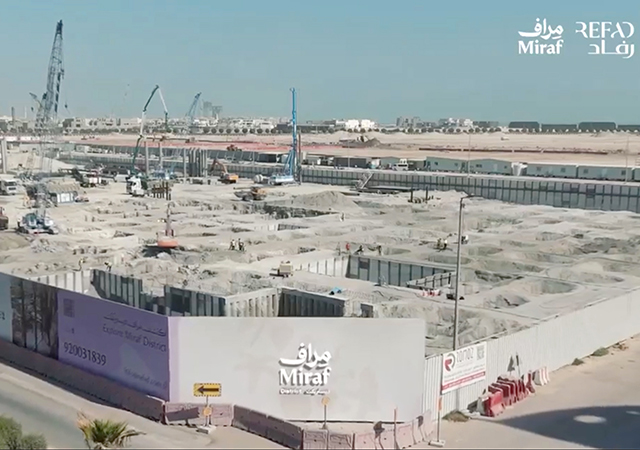
.jpg)




.jpg)

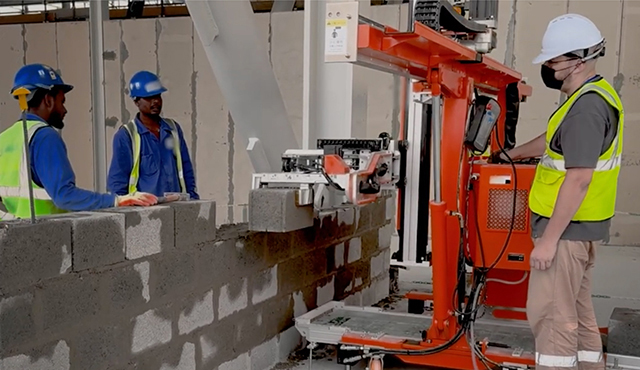

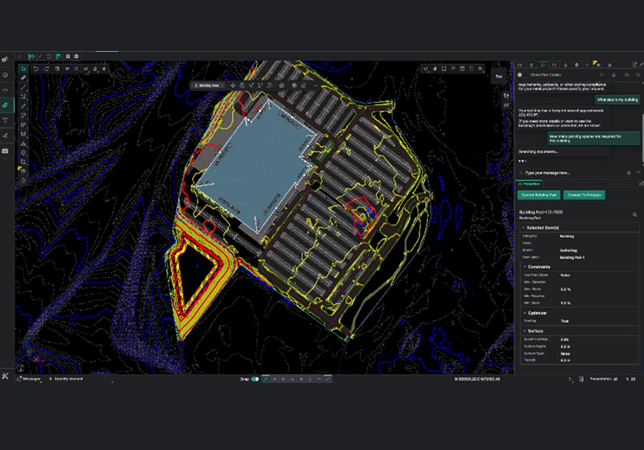



















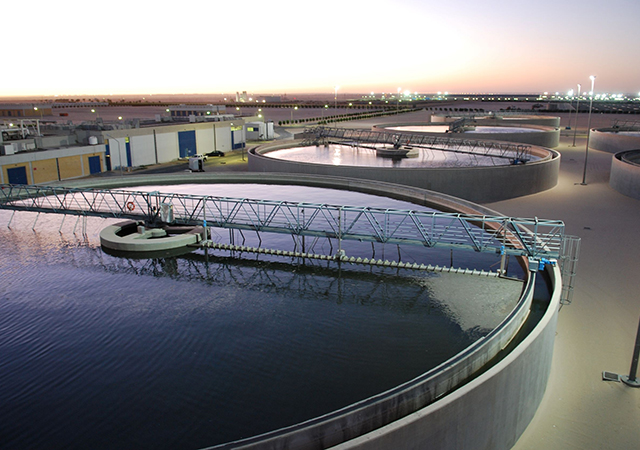


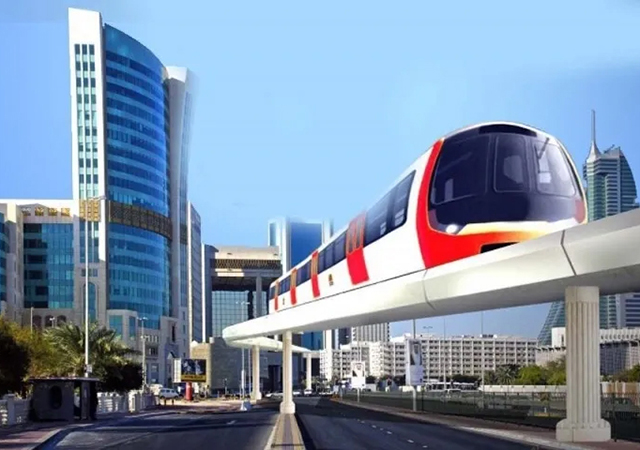

.jpg)




